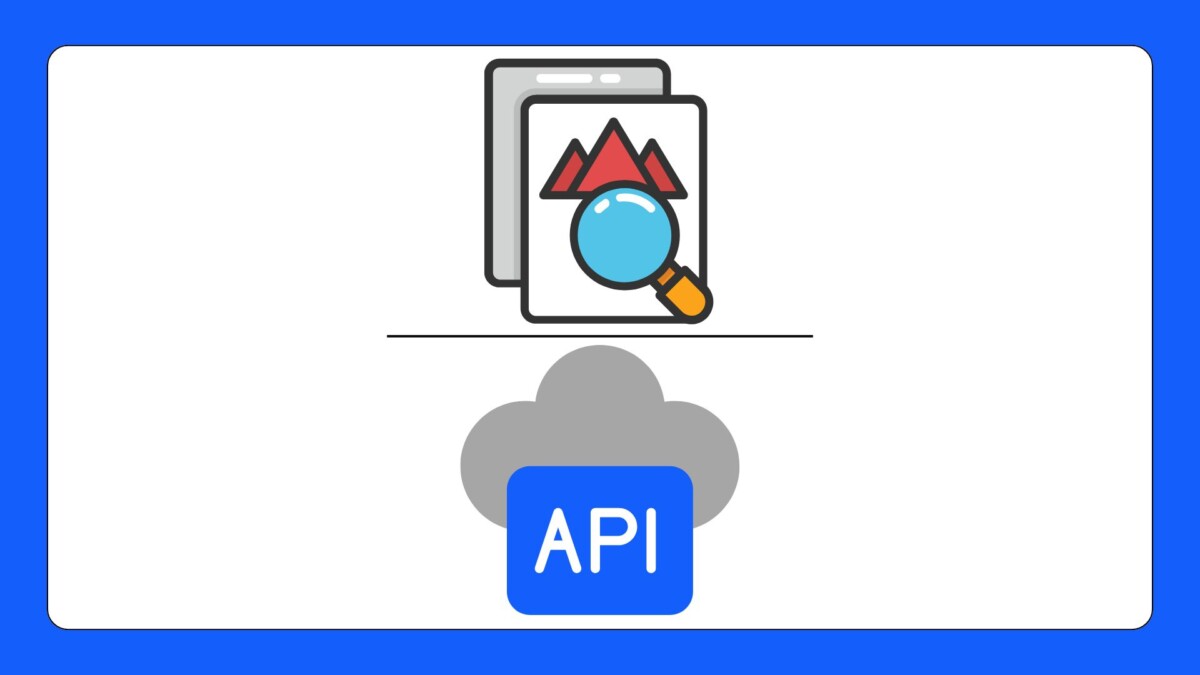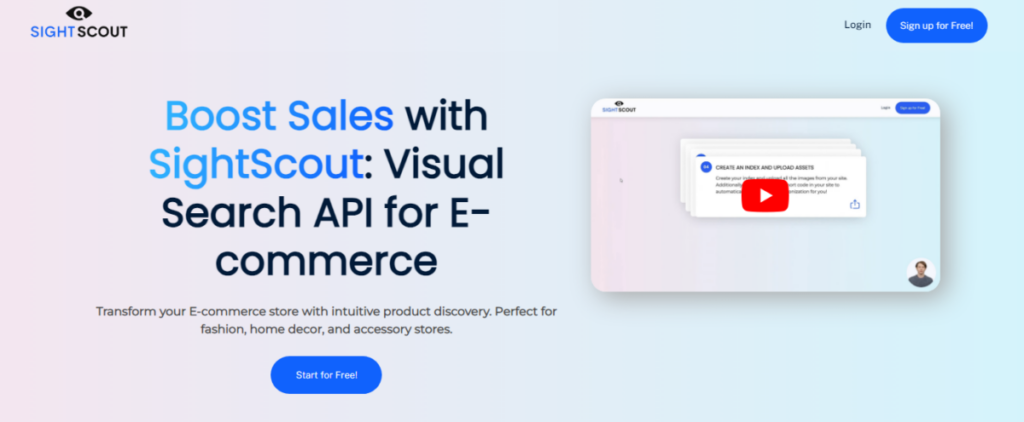Instead of using traditional text-based queries, consumers can now search for products simply by uploading an image, eliminating guesswork and empowering users to find items that visually align with their preferences. At the forefront of this transformation is SightScout Image Search For E-Commerce API, a leading solution in visual search for e-commerce, which leverages advanced image recognition and machine learning to enable seamless product discovery and enhance the customer experience.
Introducing SightScout API: The Future of Visual Search in E-Commerce
One of the most innovative tools in the field of visual search for e-commerce is the SightScout API. It helps retailers to satisfy consumer demand for a more visually-driven shopping experience by offering a simple method for customers to search for products using photos rather than keywords. It uses deep learning to examine photographs for details like color, shape, and texture, in contrast to traditional search methods that rely on typed text. This enables it to identify distinctive product qualities and provide precise search results. This feature gives customers a quicker, more tailored experience, particularly for lifestyle, home décor, and fashion items where aesthetic appeal and individual flair are crucial.
Product discovery is made simple with SightScout’s Image Search for E-Commerce API. When customers upload an image of an item they’ve seen online or in person, SightScout will instantly show them comparable or identical items that are in stock at the store. Customers may now easily identify things that suit their tastes without having to do time-consuming keyword-based searches, even if they are unfamiliar with the brand or name of the item.
In fields like fashion or interior design, where customers are influenced by visual cues, such a smooth approach is very beneficial. Customers are therefore more likely to spend more time on the website, interact with more items, and eventually buy something, increasing conversion rates and improving the client experience in general.
Endpoints
Save Record or Asset in Index: Adds or changes entries to the index. Records without an objectID are automatically assigned one by SightScout. If you provide an existing objectID, all other characteristics are completely replaced. The product_id is an optional feature that allows you to link several photographs to a single product, which is very useful for e-commerce sites.
POST https://sightscout.net/api/v1/indexes/YOUR_INDEX_HOST/saveRecord { "objectID": "your-object-id", "image_url": "value1", "product_id": "value2", "meta_data": "{\"color\":\"azul\",\"talle\":\"M\",\"brand\":\"ExampleBrand\"}" }
Search Endpoint: Provide the URL of an image to be searched in the index.
POST https://sightscout.net/api/v1/indexes/YOUR_INDEX_HOST/search { "image_url": "https://example.com/image.jpg" }
Key Features of This Image Search For E-Commerce API
SightScout API brings a suite of innovative features to the table, all aimed at creating a superior, personalized shopping experience. First, its real-time image processing ensures that when a user uploads an image, the API quickly and accurately delivers relevant search results. For high-traffic e-commerce platforms, this speed is essential, as it minimizes waiting times and maintains user engagement. Furthermore, its data analytics tools provide retailers with actionable insights, such as identifying popular visual searches, trending items, and frequently requested colors or styles. These insights empower businesses to make data-informed decisions about their inventory, marketing strategies, and website layout, aligning their offerings more closely with consumer demand.
Furthermore, SightScout’s API is very scalable and configurable, allowing merchants to modify the product to suit their unique requirements. To make sure the platform represents their brand’s distinct style, they might modify search algorithms to give preference to particular visual traits or match results with seasonal trends. Also, its scalable architecture makes it a dependable option for both new and established shops since it can manage growing data volumes and user interactions without compromising performance as a business expands.



